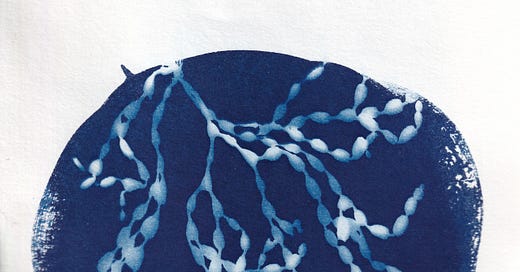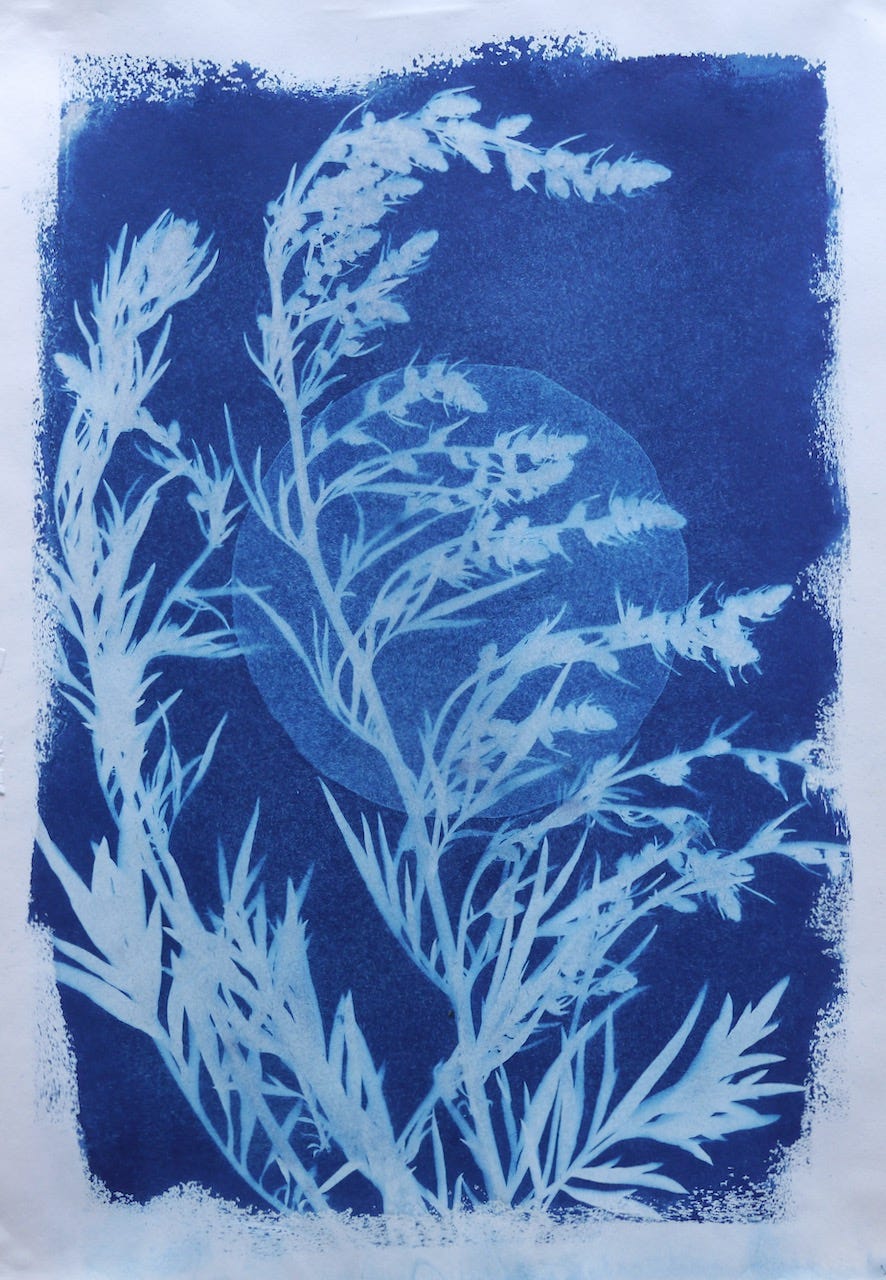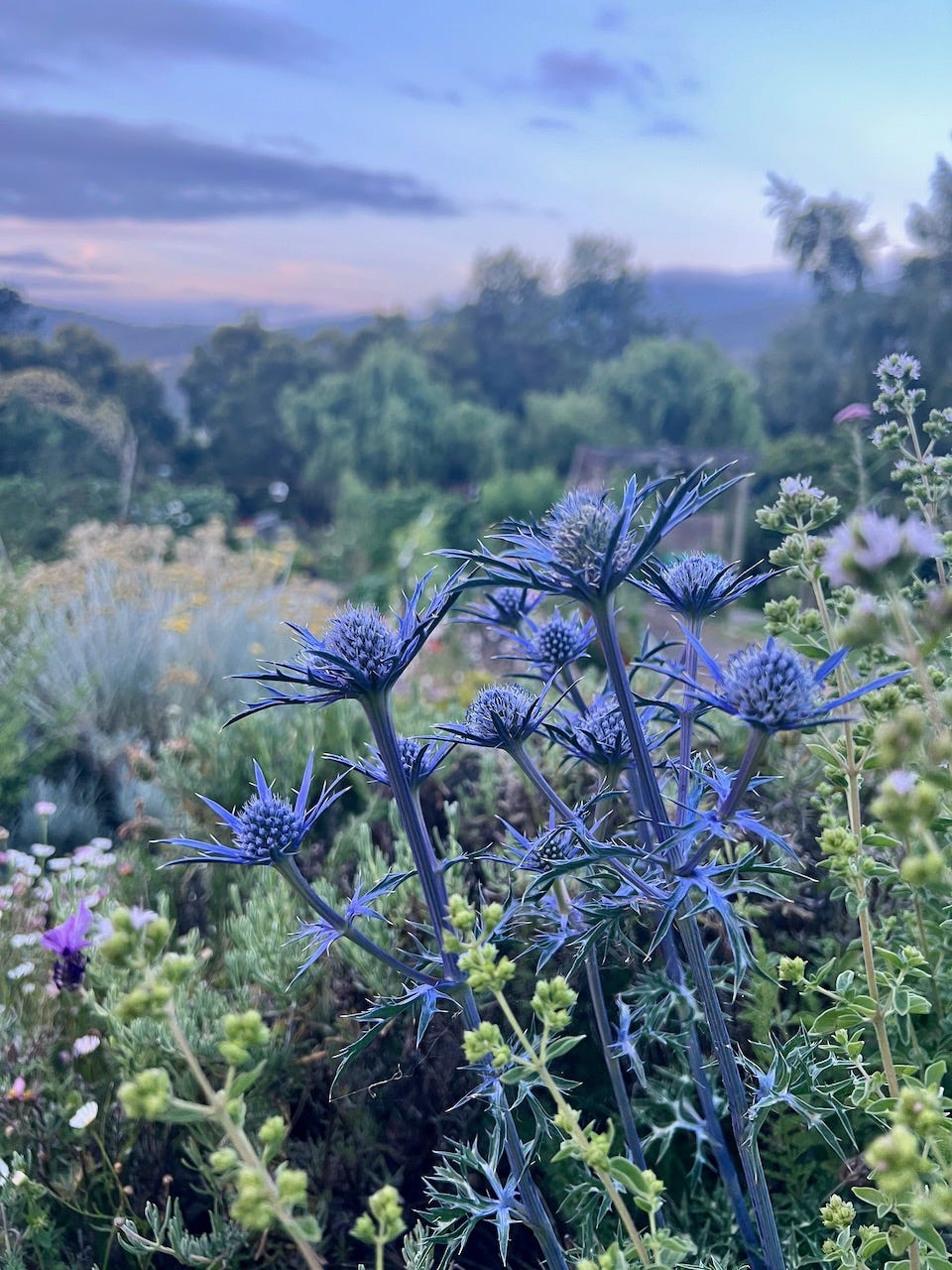Not all peoples chart the lunar month as beginning at the new moon, it seems…
For some, marking the full moon as the beginning of the month makes much more sense.
Wiremu Tawhai explains that in Te Whānau-ā-Apanui tribal knowledge in Aotearoa (New Zealand), the Maramataka or lunar month used the full moon a monthly starting-point.
The Māori translation of the word Maramataka means 'everything under the influence of the moon' - Maramataka is the traditional Māori way by which time is marked.
On other country, marking the nearly-there new moon, or the sighting of the the last or first crescent moon, relies on clear skies, at least most of the time.
Being in the middle of a large continent would surely help with this.
But in Aotearoa, the land of the long white cloud, with its huge mountains, oceans on either side, trade winds coming in from everywhere - clear skies are not something that timekeeping and culture can rely on.
The tide, however, breathes in and out - a reliable subset of the lunar cycle, that can be seen and felt and communicated, each and every day.
In his awesome book Living by the Moon - Te Maramataka o Te Whanau-a-Apanui, Tawhai explains that there is new moon time, and full moon time - when the nights of the month become less defined. The full moon time was the beginning of each lunar month.
From what he was told, the tūpuna (ancestors) would rely on the highest tide of the month to mark the full moon, and therefore mark that as the first night of the month - as it was spoken of.
The tūpuna would be down in the sand dunes each day around this time of month, ready to peg the highest tidal watermark of that day or night. The highest tide is not always reliably charted by counting off the days (there’s other factors at play) and so…. this would be attended to every month.
And over the two or three nights where the moon was filling (remembering that often, on a full moon night, the moon appears full but is infact rarely 100% - it’s more likely to be 98% full, or just over at -1% full, because that’s how the moon goes)… at the highest tide of the day or night - pegs would be placed in the sand.
Once it was clear that the high tide was receding, and that the highest tide has been reached, this was communicated to the people, and that time (which might be two days ago, by the time they were sure) was the beginning of the lunar month.
The timing of the Maramataka, Tawhai explains, would therefore be elastic. Reliable once defined, but not certain, until that point.
And once the month was seen to have begun, the rest of the month’s nights could be calculated from that point, and all the doings, ceremony, and other events of the month with them.
The best days for fishing, best days for planting, the days of the month where the eels move upstream (a river day, rather than an ocean day).
I love how landscape, climate and culture can define how the lunar month is charted and attended to, and am so grateful to Wiremu Tawhai for his beautiful book. Living with the Moon is written in both Te Reo Māori on the left page, and English on the right page, so that we can all absorb as much of this precious learning as we can.
So different from my own ancestor’s lunar charting techniques - though I’m sure the Britons had plenty of cloud in the nightly mix, and would have appreciated this wisdom.
I was thinking about this cloudy moon learning as we took off to the shoreline on the evening of the lunistice full moon - the furtherest-north full moon for the next 18.6 years.
As is usual, there was a blanket of cloud around the eastern hills as the night came down, but we made our camp on a little mossy point, with a groundsheet, chocolate tea and warm coats - ready to witness what full-moon happenings we might absorb.
The coastline where we live is crenellated - like a crumpled leaf - each little point and bay faces a different direction. I have my different sit-spots for the various times of year (and wind directions) - and this mossy point was the most nor-easterly facing place I could recall.
We sat, and the cloud sat also. I thought of the practice of marking the tides, instead of looking to the sky. The night came down.
A warm glow teased out from behind the nor-eastern bank of clouds, but that was all. Above us were a clear speckle of emerging stars, but all around the horizons, the clouds hung low. The moon was rising, but its exact lunistice point was hidden from us.
I kinda liked that. That’s where we live. melukerdee country, southern lutruwita (palawa kani language does not do capitals, just btw). Land of rocky shores, costal winds, many clouds, and misty mornings - as the forests on the hills breathe out after rain. Also plenty of sunshine, but not in a reliable way.
Once we’d finished all the tea, we gave thanks, and made our way home.
After I’d settled into bed, Nick came and got me up again - the moon was breaking through.
And so I do not know exactly where the lunistice full moon rose, on my valley’s hills (though i could calculate it, I’m sure - but I wanted to SEE it)… however the lunistice full moon did do a grand reveal from behind the clouds, and squelched my heart in the process.
Will we be here, in this place, when the lunistice is completed in 18.6 years time? Will I be able to watch this same most-northern-of-full-moons rise over the valley I call home?
I’ve never had a 5-year plan, let alone an 18.6 year one. But I think I’m ready to learn. To learn how to hold on, work through it all, and stay in relationship with this place, and all it’s lifeforms, through whatever the next 18.6 years brings.
It feels like a grand plan. Far grander than any I’ve previously embarked on. I don’t know how it will go. But the moon will be here through it all, and so.
Breathe in. Breathe out. Keep going. Print plants. Care for loved ones. Care for country. Care for community. Care for self. Repeat.
A few resources:
Living by the Moon: Te Maramataka O Te Whanau-A-Apanui by Wiremu Tawhai - if you’re keen to read, buy it from the Māori publishers!
Maramataka Online - amazing resource for incorporating Maramataka into everyday life
Nights in the Maramataka | the Māori lunar month - Te Papa Museum
Our Moon by Rebecca Boyle - my current fave moon book, which explains the lunistice process in detail, and many other things besides.







